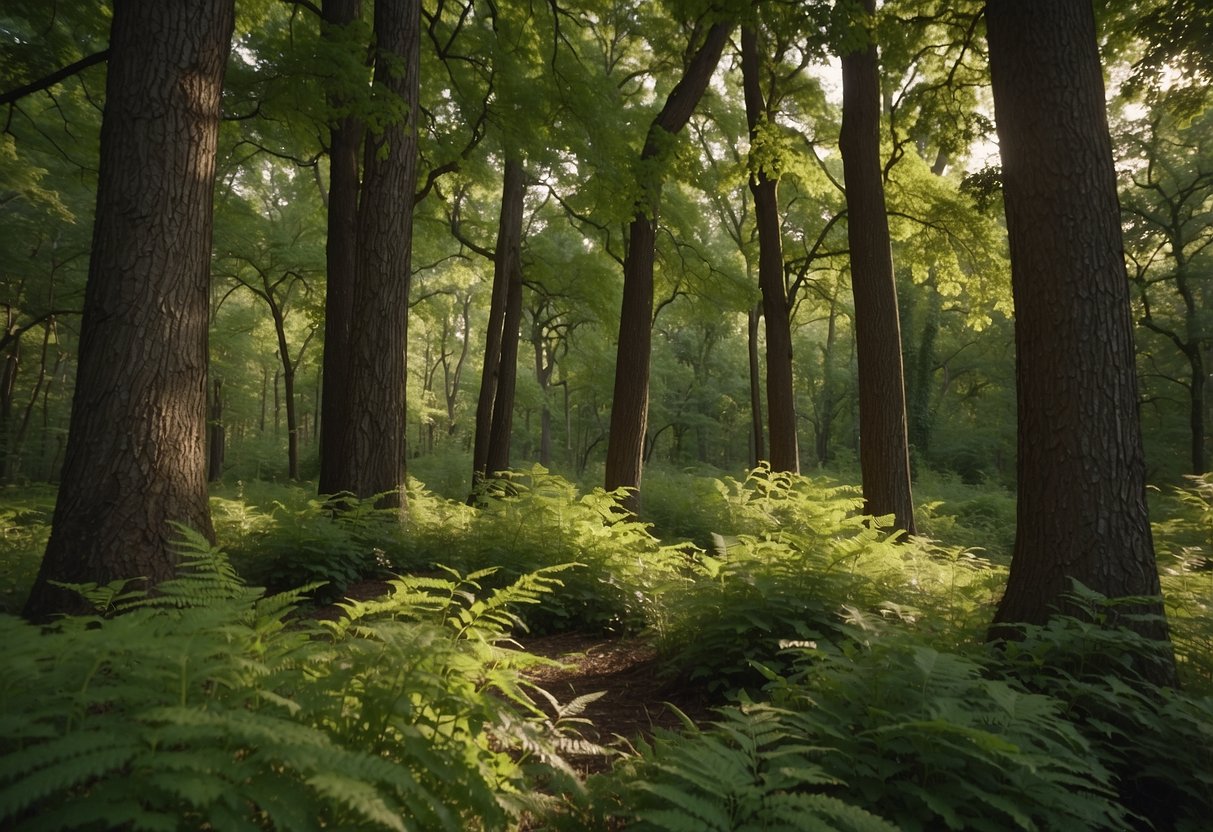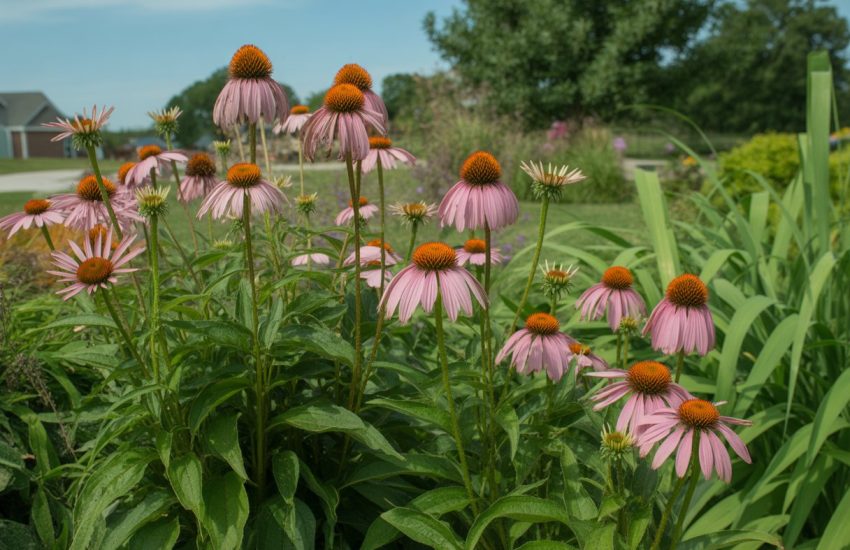Types of Oak Trees in Minnesota: A Guide to the Native Species
Minnesota is home to a variety of oak trees that thrive in its diverse climate and soil conditions. These trees are not only aesthetically pleasing but also serve as an important source of food and habitat for wildlife. In this article, we will explore the different types of oak trees found in Minnesota and their unique characteristics.

Oak trees are known for their hard, durable wood and their iconic acorns. Minnesota is home to several species of oak trees, including the White Oak, Bur Oak, and Northern Red Oak. Each of these species has its own distinct features, such as leaf shape, bark texture, and acorn size.
The forests of Minnesota are home to a diverse range of wildlife, and oak trees play an important role in providing food and shelter for many of these animals. From squirrels and chipmunks to deer and wild turkeys, the acorns produced by oak trees are an important source of nutrition for a variety of species. Additionally, the dense canopy provided by oak trees offers shelter and protection for birds and other small animals.
Diversity of Oak Species in Minnesota
Minnesota is home to a diverse array of native oak species, each with its unique characteristics and growing conditions. In this section, we will explore the most common oak species found in Minnesota, including their physical features, range, and growing conditions.
Northern Red Oak (Quercus Rubra)
The Northern Red Oak, also known as Quercus Rubra, is one of the most common native oak species in Minnesota. It is easily recognizable by its dull green leaves with alternate buds that have toothed lobes. The Northern Red Oak can grow up to 100 feet tall and has a sturdy trunk and thick branches. It is known for its vibrant fall foliage, which ranges from red to orange.
Bur Oak (Quercus Macrocarpa)
The Bur Oak, also known as Quercus Macrocarpa, is another native oak species found in Minnesota. It is a large tree that can grow up to 100 feet tall and has a broad, spreading crown. The Bur Oak is known for its thick, corky bark and large acorns, which can grow up to two inches long. It is well adapted to the harsh weather conditions in Minnesota and can grow in a wide range of soil types.
White Oak (Quercus Alba)
The White Oak, also known as Quercus Alba, is a slow-growing native oak species that can live for several hundred years. It is easily recognizable by its light gray bark and rounded lobes on its leaves. The White Oak can grow up to 100 feet tall and has a broad, spreading crown. It is well adapted to a wide range of soil and weather conditions and is known for its beautiful fall foliage.
Pin Oak (Quercus Palustris)
The Pin Oak, also known as Quercus Palustris, is a medium-sized oak species that can grow up to 70 feet tall. It is easily recognizable by its deeply lobed leaves and slender branches. The Pin Oak is well adapted to wet soil conditions and is often found growing near streams and rivers in Minnesota. It is known for its bright red fall foliage and small, slender acorns.
Black Oak (Quercus Velutina)
The Black Oak, also known as Quercus Velutina, is a medium-sized oak species that can grow up to 80 feet tall. It is easily recognizable by its dark, blackish-brown bark and deeply lobed leaves. The Black Oak is well adapted to a wide range of soil and weather conditions and is known for its beautiful fall foliage.
Swamp White Oak (Quercus Bicolor)
The Swamp White Oak, also known as Quercus Bicolor, is a medium-sized oak species that can grow up to 60 feet tall. It is easily recognizable by its light gray bark and deeply lobed leaves. The Swamp White Oak is well adapted to wet soil conditions and is often found growing near swamps and wetlands in Minnesota. It is known for its beautiful fall foliage and small, slender acorns.
Other Native Oak Species
In addition to the oak species mentioned above, Minnesota is also home to several other native oak species, including the Northern Pin Oak, Chestnut Oak, Champion Oak, and Shumard Oak. Each of these species has its unique characteristics and growing conditions, making them well adapted to the diverse range of soil and weather conditions found in Minnesota.
In conclusion, Minnesota’s native oak species are an essential part of the state’s hardwood trees. They provide food and shelter for a wide range of wildlife and are an important part of Minnesota’s natural heritage.
Ecology and Conservation

Habitat Requirements and Growth Conditions
Oak trees in Minnesota have specific habitat requirements and growth conditions that allow them to thrive. They prefer well-drained soils, typically found in forests or woodlands, and can grow in both shade and light conditions. Oak trees are known for their vibrant fall colors, making them a popular choice for landscaping.
Threats and Diseases
Oak trees in Minnesota face various threats and diseases, including pests like oak wilt, chestnut borer, and two-lined chestnut borer. Oak wilt fungus is a significant threat to oak trees, causing the leaves to wilt and eventually killing the tree. Deer and squirrels can also damage oak trees, while birds and turkeys benefit from the acorns produced by the trees.
Wildlife Interactions and Benefits
Oak trees provide essential habitats for various wildlife species, including birds, squirrels, and deer. The acorns produced by oak trees are a vital food source for wildlife during the fall and winter months. Oak trees also provide shade and shelter for animals during hot summer months and harsh winter conditions.
Conservation Efforts and Sustainable Management
Efforts to conserve and sustainably manage oak trees in Minnesota are ongoing. One of the main conservation efforts is to prevent the spread of oak wilt by avoiding pruning during the growing season and immediately treating any infected trees. Sustainable management practices also include planting new oak seedlings and controlling weeds to ensure healthy growth and development. Landscaping with native oak trees is another way to support the conservation of these important tree species.


